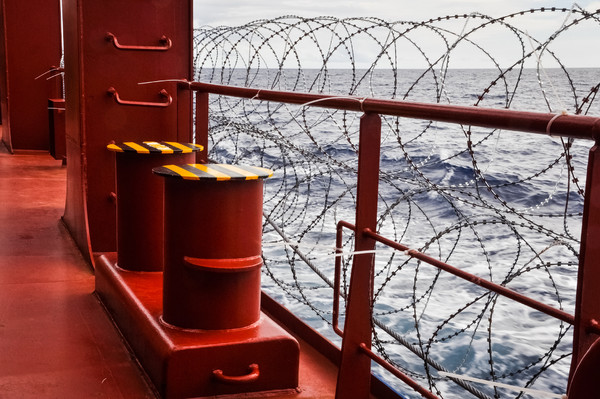The piracy landscape has changed significantly over the last decade. The threat has moved from hijackings in the Gulf of Aden to crew abductions in the Gulf of Guinea, West Africa. Whilst West Africa dominates the statistics for kidnapping crew for ransom, South-East Asia has been an armed robbery hotspot for many years. Meanwhile, the emergence of security attacks in Central and South America poses new challenges to shipowners trading in those areas.
Fewer but heavier
Most of the Gulf of Guinea incidents are opportunistic in nature and it appears that the success rate of criminal syndicates has reduced in the past year. Incidents in the region cannot be attributed to a single coastal state – Nigeria’s share of incidents has been declining over the last couple of years while other states such as Ghana are one the rise. Moreover, although 2021 saw fewer crew kidnappings compared to previous years, a higher number of crew are kidnapped at each event.
Lessons learned
How do we navigate these security threats, and what lessons can be drawn from the successful reduction of piracy in the Gulf of Aden? Simply put, the recipe is there has been a combination of area defence systems such as naval escorts, transit corridors and private armed guards, and point defence system, i.e. ‘hardening’ of the vessel. Whilst point defence systems are still needed in the Gulf of Guinea, it is mostly up to local navies and security escort vessels to protect ships. A long term solution would come from increased regional cooperation, which is the objective of the SHADE project.
Identifying risk areas
Something worth highlighting are the complexities in identifying high risk regions. Different organisations are involved in designating the various high-risk areas and the definition of such an area is very much context dependent. For example, from a seafarer’s perspective, Central and South America are high-risk areas where protective measures have to be implemented, and as between owners and charterers, it would depend on the charterparty clauses agreed. However, these areas are not designated or listed as a risk region by the International Bargaining Forum nor the Joint War Committee.
A recent Gard webinar on maritime security can be accessed here.
